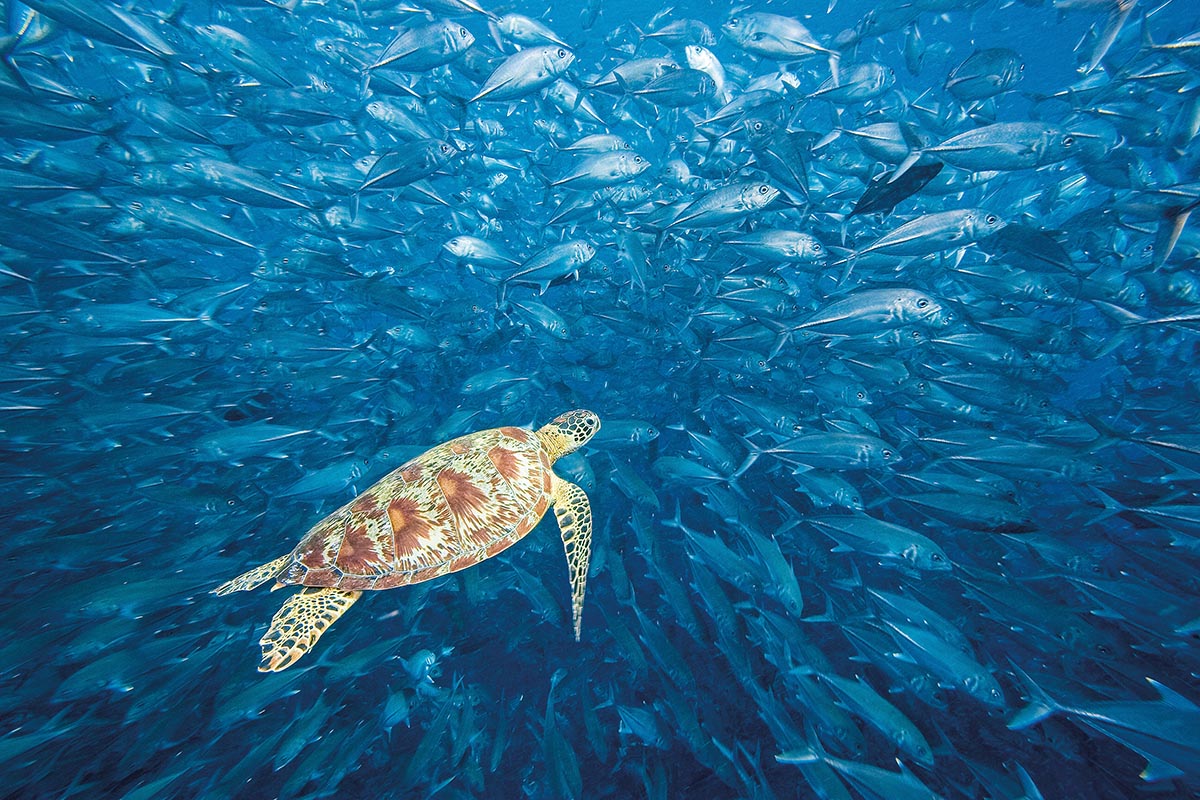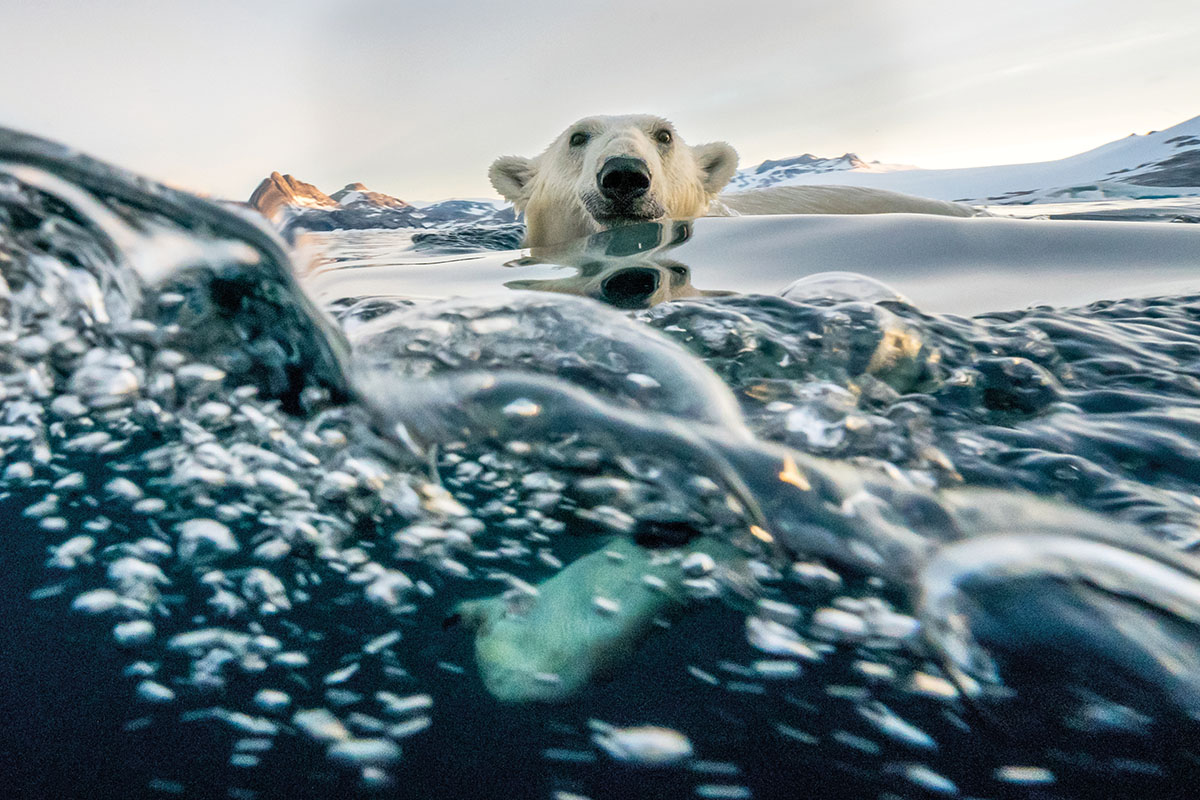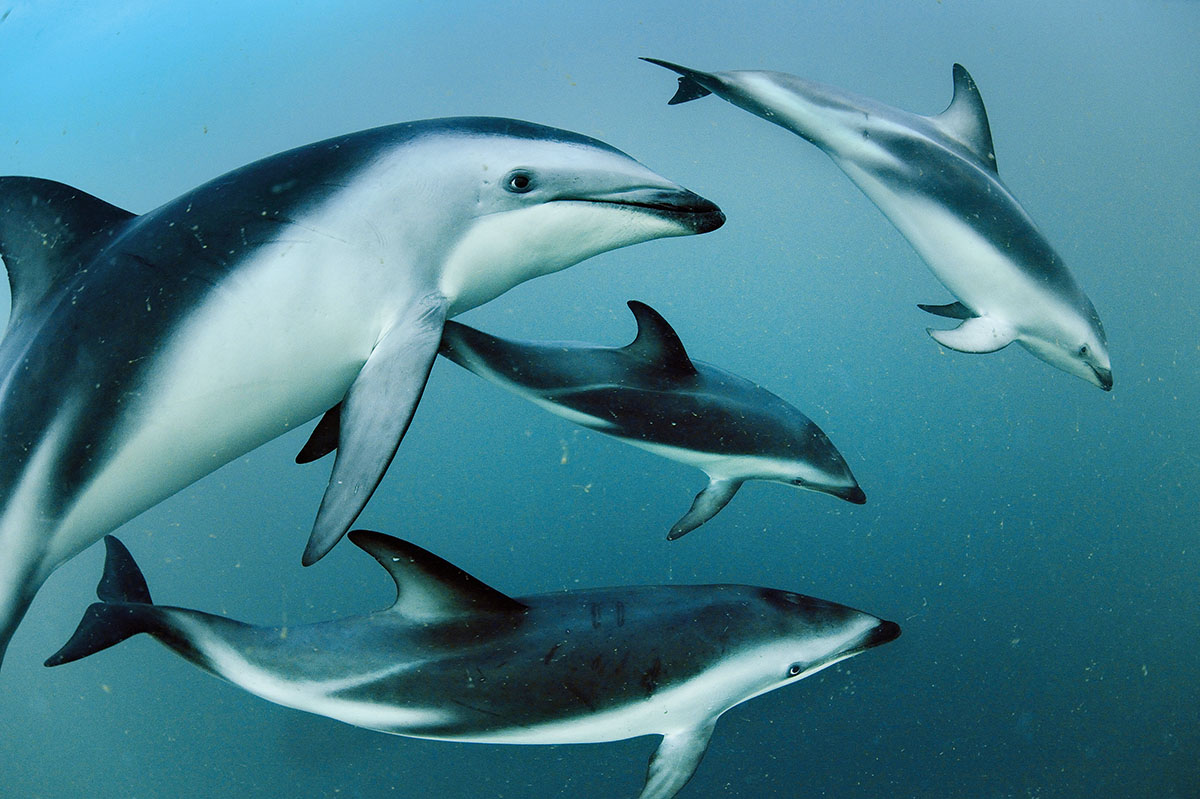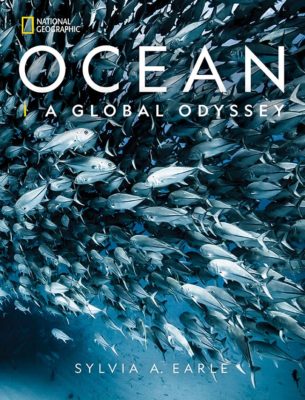
We talk to Sylvia Earle on the launch of her latest book Ocean: A Global Odyssey about the daunting but vital task of saving our seas. The veteran campaigner and marine scientist remains hopeful but warns this is a battle we have to win
WHAT IS THE MOST IMPORTANT THING PEOPLE WILL LEARN FROM OCEAN: A GLOBAL ODYSSEY?
The message that everything humans care about is made possible because of the living ocean – from the air we breathe, to the water we drink and, most importantly, without the ocean, we could not exist.
DO YOU BELIEVE DAMAGE DONE TO THE OCEAN CAN BE FIXED IN TIME FOR THE NEXT GENERATION?
Nothing we do can restore the ocean to the way it was prior to the 20th Century, but actions taken now can help heal the harm and stabilise the vital planetary processes that make Earth habitable for us and for life as we know it.
What we are putting into the ocean – excess CO2, agricultural, industrial, military and domestic wastes, lost and discarded fishing gear, colossal levels of noise –and what we are taking out – fossil fuels, minerals, extravagant amounts of ocean wildlife – are driving ocean health in the wrong direction, coupled with human-induced planetary warming. We know what to do to reverse the decline. No one can do it all, but everyone can do something to move towards a secure future for the next generations.

IF YOU WERE STARTING TODAY, WHAT WOULD YOU DO FIRST?
While urgently addressing the causes of damage we have talked about, I would do everything possible to safeguard as much of the remaining healthy natural places on Earth, land and sea, and do so as if our lives depend on it – because they do.
TELL US ABOUT HOPE SPOTS
Inspired by my 2009 TED Prize, where I was asked to make a wish big enough to change the world, about 140 Hope Spots now exist, places championed by individuals, communities and countries for their importance in restoring and maintaining ocean health. Some are small, such as Fish Rock in Western Australia, but others, such as the Eastern Tropical Pacific Swimway, the Sargasso Sea and the Ross Sea, are large, but together, form a network of hope for the future of the ocean – and of humankind.
Divers are encouraged to go to the Mission Blue website and check out the existing Hope Spots where images, data and stories can be uploaded and shared on ESRI-based Story Maps. Nominations for new places are also encouraged!

WHAT GIVES YOU THE MOST PLEASURE SHARING WITH THE READERS?
Divers see what most people do not and might be pleased to see some of their favourite dive buddies – sharks, turtles, dolphins and whales – and dive places – coral reefs, kelp forests, and icy realms. But I am really thrilled to be able to share images and knowledge about life beyond where most divers can go – into the deep sea, home for most of life on Earth. It is hard for most people to grasp the reality that most of life on this planet lives in the dark all of the time, under pressure and cold temperatures not favourable to most terrestrial beings.
WHAT DO WE NEED TO DO TO PROTECT THE OCEAN?
The greatest danger to the ocean, and thus to the human future, is that not enough people understand that everyone, everywhere, is utterly dependent upon the ocean for their existence. You cannot care if you do not know, and complacency about what is being done to alter the nature of the ocean is based in a lack of understanding. So, most importantly, share what you know about the ocean and encourage others to dive in, too. Knowing is the key to caring. You can know but not care, but for sure, you cannot care if you do not know.

FOLLOWING COP 26, WHAT NEEDS TO BE DONE IMMEDIATELY TO REACH THE GOALS FOR CLIMATE AND BIODIVERSITY?
First, we must realise that stabilising climate change and stemming biodiversity loss are inextricably connected. Rocks and water do not shape Earth’s climate. The living ocean, over billions of years, has shaped the planet in ways favourable to life as we know it. In a few decades, human actions have seriously disrupted the nature of nature, with consequences that are increasingly unfavourable to our existence.
The ocean is home to most of life on Earth, both in abundance and diversity, but perversely, animals in the sea are regarded as free goods or free food. With protection since the 1980s, there are more whales and more sea turtles today than when I was a child, but 90 per cent of the sharks, tunas, cod and many other iconic species have been killed, mostly for money, sometimes for sport and, for some coastal and island communities, for vital sustenance. Coral reefs, kelp forests, mangroves and marshes have declined by about half, globally.
In the same way as the burning of terrestrial forests contributes to the carbon in our atmosphere, so does our destruction of the ocean’s blue carbon, and the taking of the millions of tons of ocean wildlife. Industrial-scale fishing, whether for menhaden, tuna, grouper, crabs or krill, is upending the carbon cycle, impacting climate and the integrity of ocean systems that make our existence possible. Immediately, the attitude about life in the ocean needs to shift from ‘free goods’ to ‘vital elements’ underpinning planetary stability.

IF YOU COULD TAKE SOMEONE ANYWHERE FOR THEIR FIRST DIVE, WHERE WOULD YOU GO AND WHAT WOULD YOU HOPE TO SEE?
To grasp the majesty of the ocean and to glimpse its true nature, I wish I could take everyone – even those who have been diving for decades – into the deep ocean, in personal submersibles, below the reach of sunlight. There, I would like to see the expression on the faces of those witnessing for the first time the vast, dark, liquid realm illuminated by the sparkle and glow of bioluminescence, home to the greatest diversity and abundance of life that exists. And, I would hope to see an ‘Aha!’ moment of understanding, while immersed deep in the heart of the planet, pulsing with life, that this living system keeps us alive, too. Then might come the realisation – we must return the favour.



